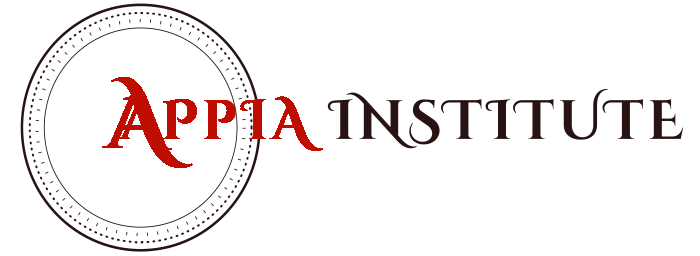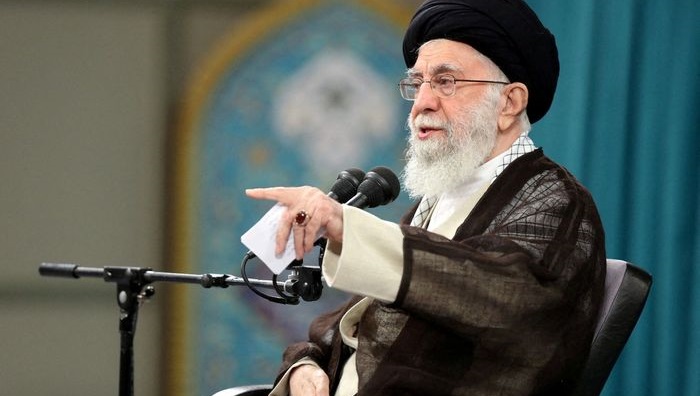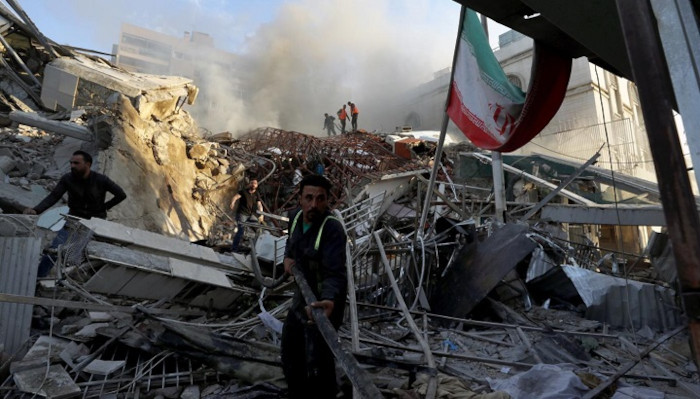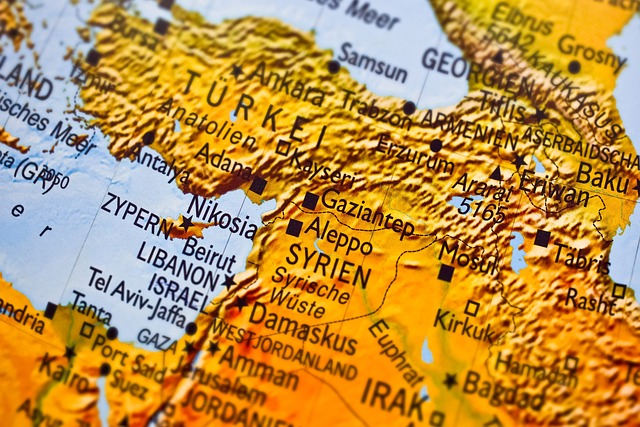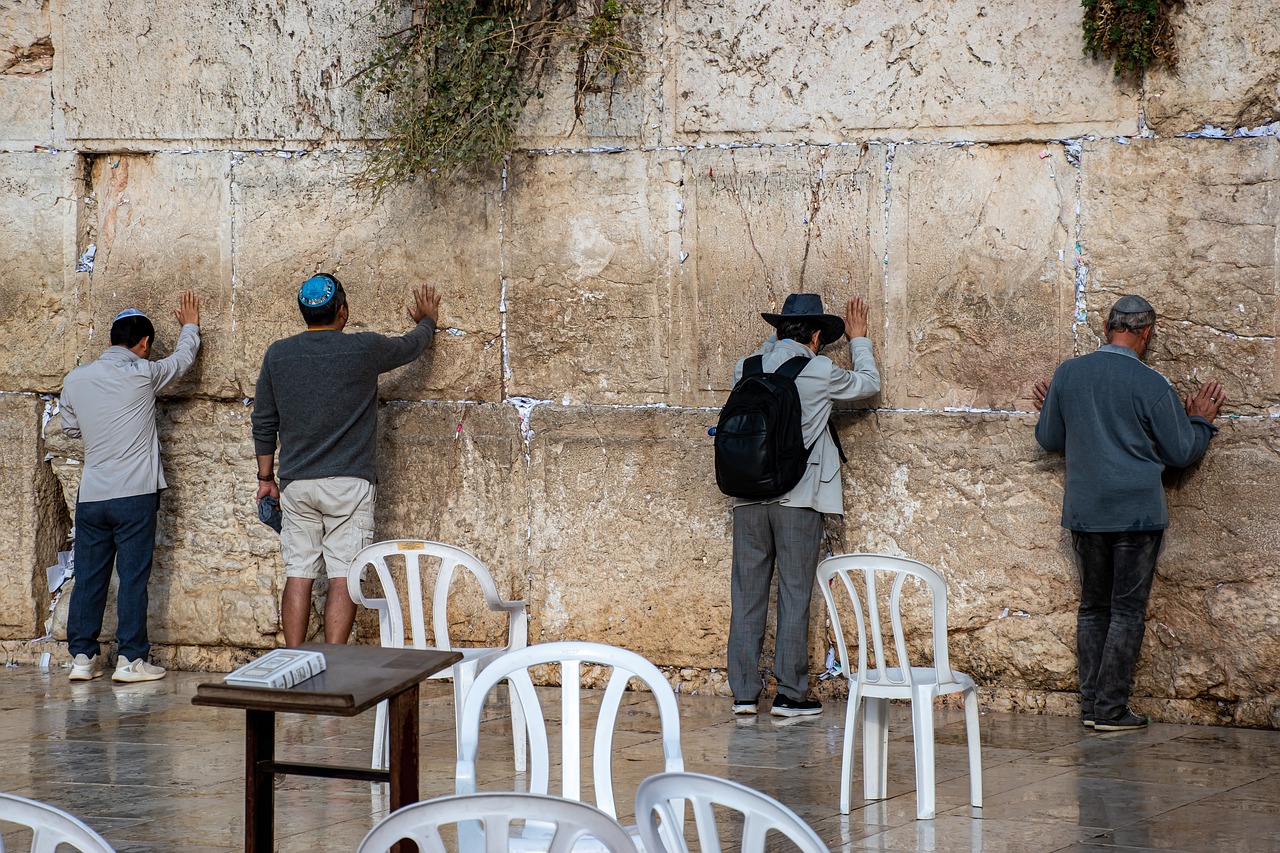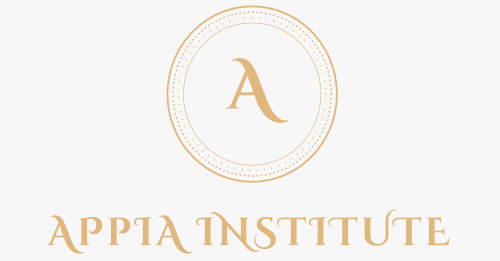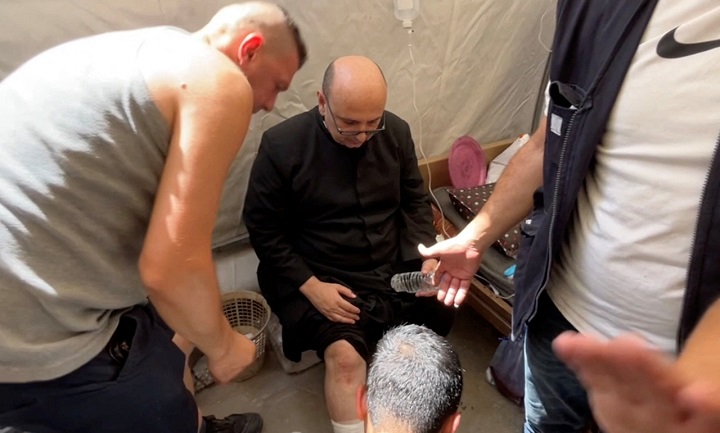
The Israeli bombing of the Church of the Holy Family raises bigger questions about the future of Israel. Does it want to live under siege, or does it want to become a powerhouse integrated into the region?
The Holy Land is made up of symbols and of symbolic places. Jerusalem is the holy city of the three monotheistic religions that converted over half of humanity. It is also the site of temples, spaces of millennia of bitter and cruel conflicts. It is as if the Holy Land constantly seeks to be sanctified by the lives of men who continue to perish for it and smear the sacred altar with human limbs, not with the lamb that replaced Isaac according to God’s commands.
For the past two years, the Church of the Holy Family in Gaza had become a hallowed, holy space—a dream of peace and reconciliation—while all around, destruction advanced mercilessly. Pope Francis called Father Gabriel Romanelli every day, perhaps to give and receive a thread of hope amid relentless death. The fact that Romanelli did not leave was a glimmer of hope amid the senseless devastation.
The blame, of course, lies with the Hamas terrorists, who not only attacked on October 7 but still hold twenty Israeli hostages and two million victims, forced to become accomplices and used as human shields in their campaign of physical and media horror.
For this reason, the Israeli bombs hitting the church are not just a tragic mistake—they are more. They are a wound in the soul of the world and of Israel, which seeks peace and must seek peace and tolerance among different religions. The Israeli government has expressed deep regret over the attack.
But the bombs on the church are not an isolated incident. In Jerusalem, Orthodox Jewish youths harass and molest Catholic, Orthodox, and Melkite priests with little or no police intervention. Orthodox Jewish settlers have attacked Taybeh, an entirely Palestinian Christian village. The Israeli government must decisively stop this fanaticism.
These acts are not acts of terrorism, not genocide, certainly—but they are deeply symbolic actions that, in a land itself a symbol, create dynamics with a global echo. What is at stake is the question: what future does Israel want? It’s not a concern of seven million Israelis, but of four billion followers of the Abrahamic religions who look to Jerusalem.
Does Israeli Jerusalem want to be the great moral capital of half the world, or the small stronghold of a besieged little state? Does it want to expand politically and economically in the region, becoming the driving force and transformative powerhouse of the area, or does it want to remain a strip of land clinging to the desert by the sea? In other words, does Israel want to resign itself to isolation, or bet on a new phase of political, economic, and cultural expansion? Does it want a new chapter of its generous Zionism, or will it cling only to the 18th-century Ashkenazi traditions?
These are the questions—not just for Father Romanelli, not for his sake or that of his parishioners, but for the sake of Israel and the four billion believers in the Bible.



